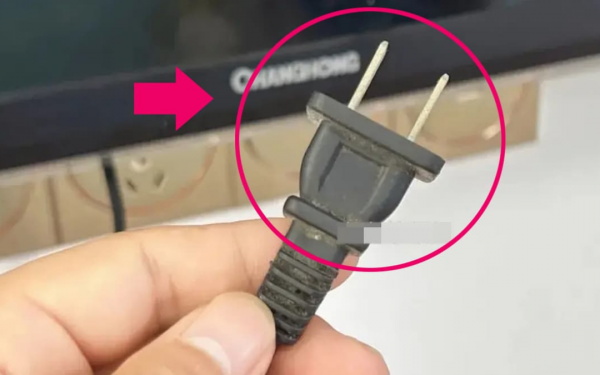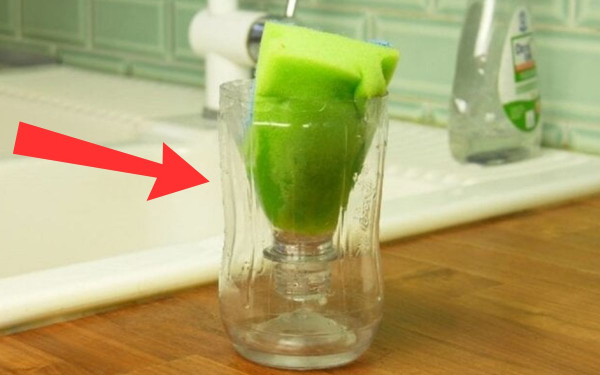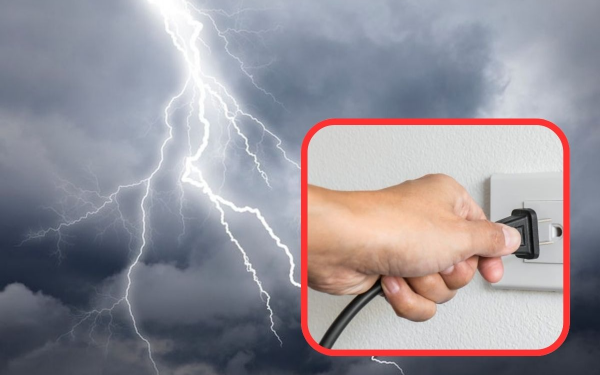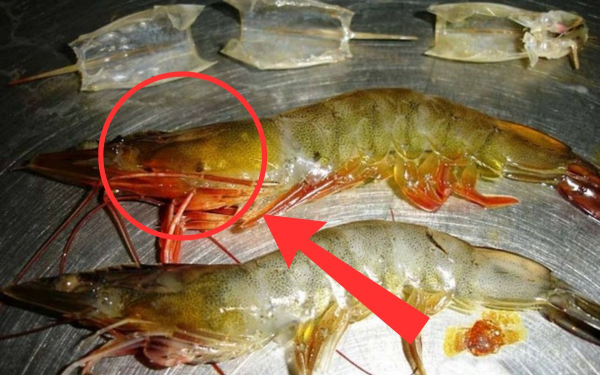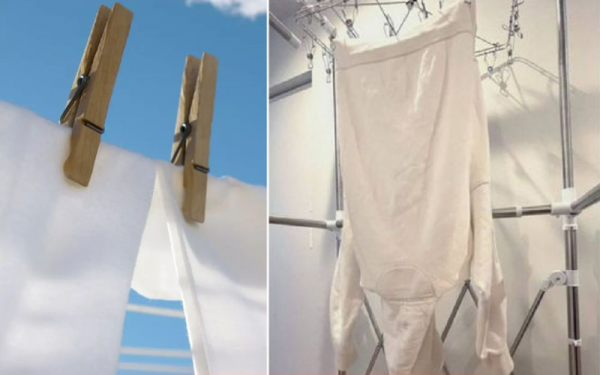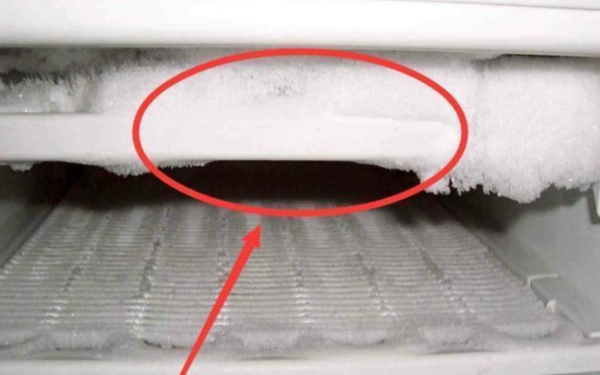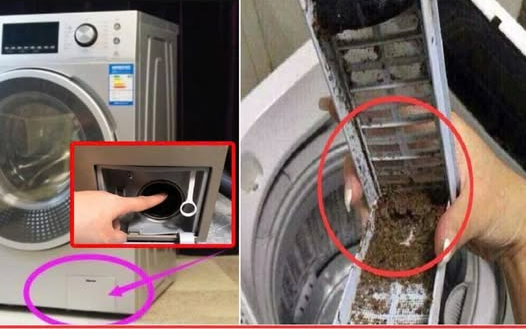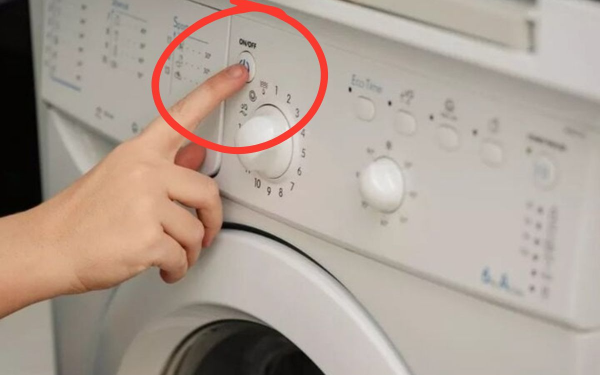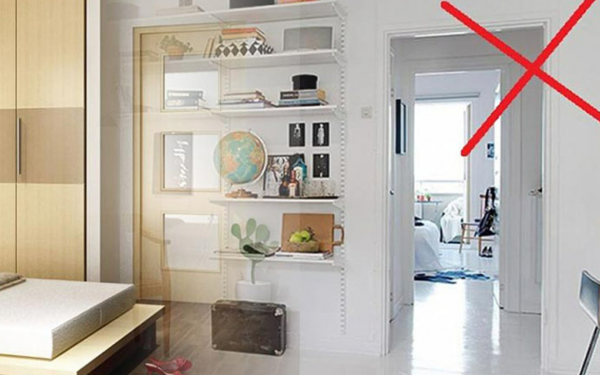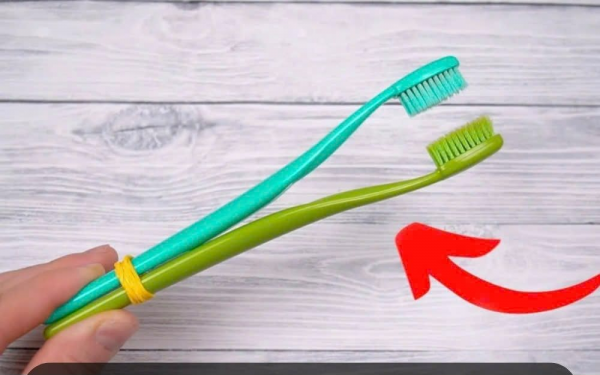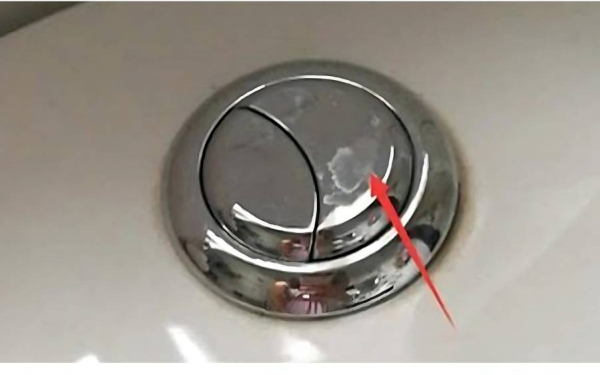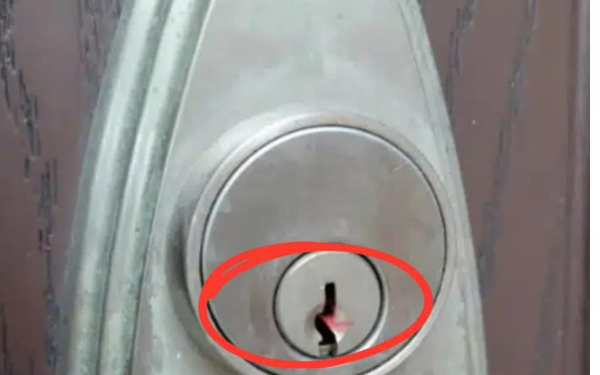9 Simple and Quick Ways to Unclog a Toilet at Home Without Calling a Plumber
9 Simple and Quick Ways to Unclog a Toilet at Home Without Calling a Plumber
A clogged toilet is a frustrating problem that causes inconvenience and unsanitary conditions at home. However, with the simple and effective methods below, you can easily unclog your toilet yourself without needing a plumber.
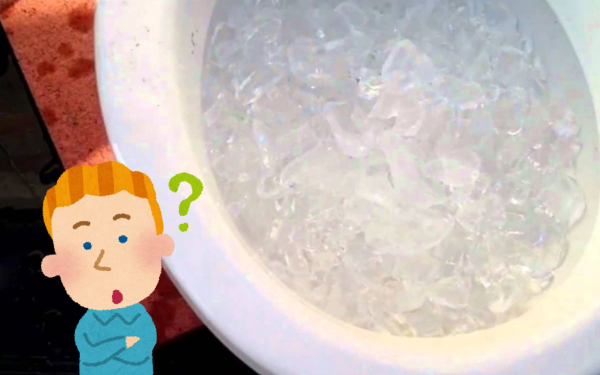
When Should You Unclog a Toilet?
Signs that indicate your toilet is clogged and needs unclogging:
Waste does not flush down the drain or drains very slowly, even after multiple flushes. The toilet emits a foul odor accompanied by gurgling sounds when flushed. Water drains slowly or, in some cases, backs up instead of going down the pipe.Frequent toilet clogging can be due to various reasons, such as a full septic tank, accidentally dropping an object into the toilet, or a long-overdue septic tank cleaning. Regardless of the cause, a clogged toilet is highly inconvenient. This guide will help you resolve toilet clogs quickly and effectively at home without hiring a professional.
Simple and Fast Ways to Unclog a Toilet at Home 1. Using Water PressureOne of the simplest ways to unclog a toilet is by utilizing strong water pressure. Flush the toilet at the highest setting 2–3 times or pour a large bucket of water forcefully into the bowl to increase water pressure and dislodge the clog.
2. Baking Soda and Vinegar SolutionWhen mixed, baking soda and vinegar create a powerful cleaning agent that helps break down blockages. Follow these steps:
Pour 1 cup of baking soda and 2 cups of vinegar into the toilet. Add 3–4 liters of warm water (70–80°C) and leave it overnight. In the morning, flush the toilet 1–2 times, and the clog should be cleared. 3. Using Duct Tape or Plastic WrapA roll of duct tape can be surprisingly effective in unclogging a toilet with this simple technique:
Wipe the toilet rim dry before applying duct tape to ensure a tight seal. Completely cover the toilet opening with duct tape, ensuring no gaps. Flush the toilet 1–2 times until the tape bulges. Press down on the bulging tape to create pressure, helping to clear the blockage. Remove the tape and clean any residue with water.Alternatively, you can use plastic wrap, securing it with tape and following the same procedure.
4. Specialized Toilet Unclogging StickersThese function similarly to plastic wrap but are specifically designed for toilet unclogging.
How to use:
Remove the protective film and stick the adhesive sheet onto the toilet bowl. Flush the toilet until the sheet bulges. Press down firmly to create pressure and clear the blockage. Once the toilet is unclogged, remove the sheet and clean the area. 5. Using a Plunger (Toilet Plunger or Rubber Suction Cup)Most households own a toilet plunger, which is one of the most effective tools for unclogging a toilet.
How to use it correctly:
Position the plunger precisely over the toilet drain to create a tight seal. Push down firmly and pull up repeatedly to create suction and dislodge the clog. Flush the toilet to check if the blockage is cleared. 6. Dish Soap and Hot Water Heat a bucket of water (not boiling, as excessive heat can damage the toilet’s ceramic coating). Add a few drops of dish soap directly into the toilet. Slowly pour in the hot water and let it sit for 20 minutes. Flush the toilet and check if the blockage is resolved. If not, repeat the process 1–2 times. 7. Ice CubesIt may sound surprising, but ice cubes can help clear a mildly clogged toilet.
How it works:
Pour a large amount of ice cubes into the toilet. Flush the toilet. The ice cubes reduce water density and create a swirling effect, generating pressure to push waste down the drain. 8. Chemical Drain CleanerMany people turn to professional plumbing services for toilet clogs, which can be costly and time-consuming. Instead, chemical drain cleaners offer a convenient and effective alternative.
How to use:
You can either mix the drain cleaner with water beforehand or pour the dry powder directly into the toilet. If pre-mixed, use 1–2 packets, dissolve them in water, and pour the mixture into the toilet. Wait 6–8 hours for the chemicals to break down waste and debris. Flush with clean water to complete the process. 9. Toilet Unclogging TabletsSimilar to chemical cleaners, these effervescent tablets help dissolve blockages.
How to use:
Drop a tablet into the toilet and flush to dissolve it. After 1 hour, pour a small amount of hot water into the toilet to help clear the blockage. If needed, repeat the process for a thorough clean and a fresher-smelling toilet. Precautions When Unclogging a Toilet at Home Ensure proper ventilation: Use a fan or open windows to disperse odors from wastewater and chemicals. Wear protective gear: Use gloves and long-sleeved clothing to prevent exposure to bacteria. Avoid mixing chemicals: Stick to one type of cleaning agent to prevent dangerous chemical reactions. Choose the right method: Plungers and drain snakes work well for squat toilets, while plastic wrap or duct tape methods are best for flush toilets with a sealed rim.By following these methods, you can save money and time on plumbing services and effectively unclog your toilet at home. However, if you've tried all the techniques above and your toilet remains clogged, it may be time to call a professional plumber.

